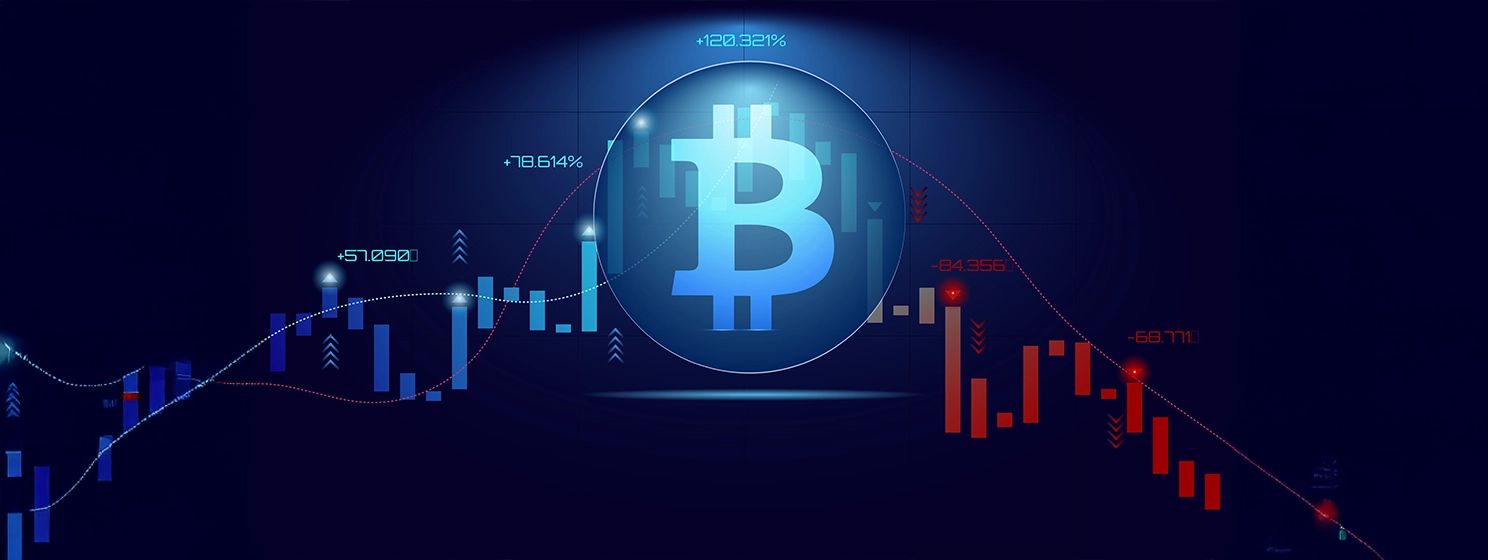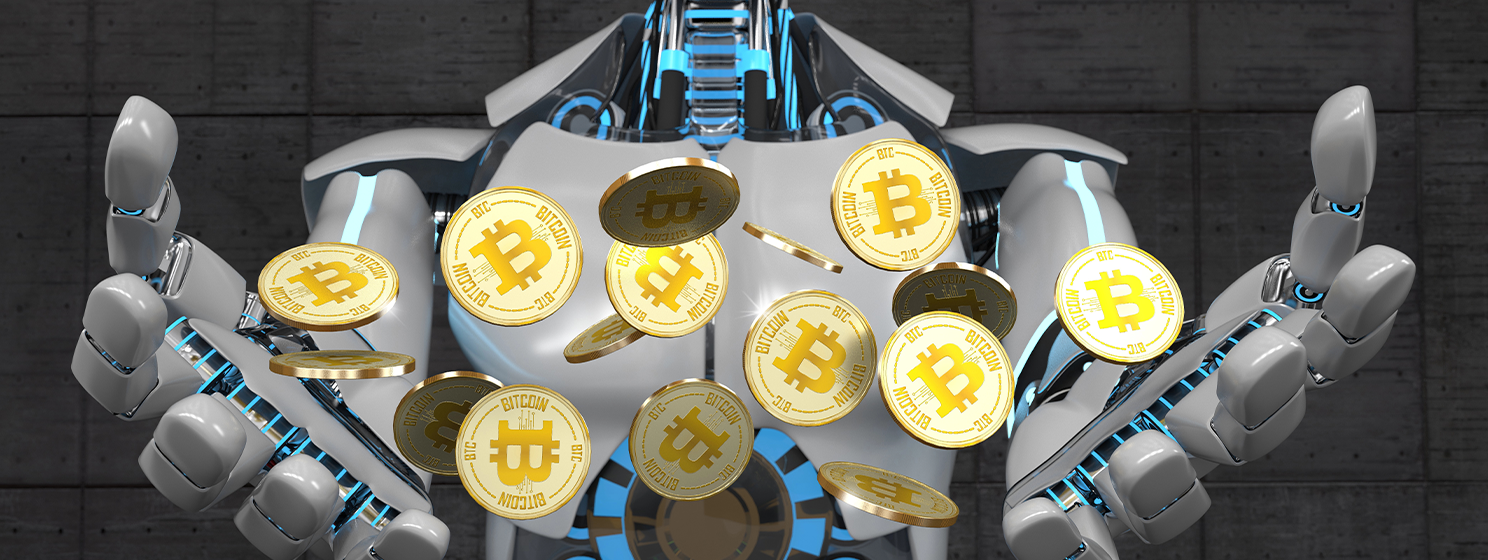|
Getting your Trinity Audio player ready...
|
The post originally appeared on the Unbounded Capital website and we republished with permission from its author, Dave Mullen-Muhr.
A large percentage of the interviews and articles released in anticipation of this May’s BTC block reward halving paint a bullish picture based primarily on conclusions made from backward looking explanations for the past performance of BTC during its two prior halvings. Suggestions that factors like the “stock to flow ratio” and arguments about what is and isn’t “priced in” dominate the crypto mindspace but they are missing the point. The halving itself is not directly related to the speculative value of BTC. Rather, it is a key factor for the business operations of miners. The state of BTC mining as an industry has implications short term on BTC price, but in most instances this is only true indirectly. What curious investors should be considering is how this and future halvings will affect the long term business of mining and how this will impact the fundamental value of their investments.
At Unbounded Capital, we are focused on understanding these fundamental changes and their second order implications on asset value and network viability. What is chain death and is it adequately factored into BTC holders and miners projections and risk analysis? What is the best path forward for profit seeking bitcoin miners?
The irrelevance of stock-to-flow
First let’s scrutinize the popular idea of the significance of stock to flow ratio, or the suggestion that the emission schedule of new BTC being cut in half will have a significant and positive impact on its price from the supply side. This suggestion seems not to account for the relatively insignificant size of the emission schedule of new BTC as a percentage of its current trading volume. As cryptocurrency analyst and trader Kurt Wuckert Jr. put it,
“Right now, 1,800 BTC (~$12.2 million at today’s prices) are mined per day. In May the number cuts by half to 900 BTC ( ~$6.1 million) per day. Daily trading volume of BTC is about $40 billion right now, so the total value of all BTC miners selling their entire block reward every day will go from .0305% to .01525% of daily trading volume after the halving.”
This back of the napkin math shows how the supply reduction is insignificant given the daily volume of BTC trading. From the supply side, this difference would have a negligible effect on the market price. If by citing BTC’s increasing stock to flow ratio speculators are actually making a claim about BTC’s inevitable and fundamental value proposition of scarcity then nothing is changing in May with the immediate change in schedule; BTC has been, and will continue to be, scarce.
A minor problem
What will change in May is the profitability of BTC miners. Overnight, the expected revenue of every mining operation will nearly cut in half. Since the block subsidy makes up the vast majority of the block reward (the other component, aggregated transaction fees, makes up ~1.25% of the block reward on BTC at time of writing on 4/3/20), only the most efficient, high margin miners will be able to continue operating at a profit. During past halvings when BTC was in the midst of a bull market, speculating miners could risk temporarily operating at a loss if they were confident enough in the future price of BTC appreciating enough to cover costs. Or, for the less risk loving miners, if the price of BTC doubled in anticipation or conjunction with the subsidy halving, they would see no real USD decrease in revenue from the reduction. Today, with BTC years away from sustained bullish patterns, this speculative godsend seems less likely. Thus, miners who are unable to operate with a 50% reduction in revenue will be forced to shut down.
What happens if a large percentage of miners shut down? For BTC speculators concerned about “miner centralization” this will be a bearish event as most hobbyist and DIY miners will likely have to leave the network. The stock to flow analysis optimistically suggesting a price increase might turn bearish as this fails to materialize and sentiment changes. If this culminates in a decrease in the price of BTC rather than an increase, we could see even more miners operating below break even and shutting off. This scenario could trigger what is known as “chain death.” Chain death would occur if some version of the following vicious cycle played out: reduced price => reduction in miner profitability => reduction in hash rate => bearish sentiment => more demand for blockspace to move and sell coins => higher transaction fees => further bearish sentiment => further reduced price…and the cycle repeats itself. Since BTC’s difficulty adjustment algorithm adjusts every 2016 blocks to account for the ebb and flow of hash rate which stabilizes around 0.00% profit, a chain death scenario could reduce the hash rate so much that the 2016th block needed to readjust the difficulty is delayed indefinitely and transactions on the network cease being mined into blocks. To casual users and investors this would look like BTC no longer working. If one can’t move their BTC, to what degree do they have it? While this scenario may seem wildly improbable, we think there is a low but meaningful possibility of this happening. The catastrophic effect it would have on BTC’s value should be further reflected in its present value as we approach the halving.
Halvings foreshadow BTC’s inevitable death
The danger of sudden decrease in miner revenue leading to the death of BTC is a flashy image, but it is not substantively different from the results of halving-induced incremental decreases in miner revenue over time. A car crashing into a wall at 60 mph to abruptly stop at 0 mph is an exciting visual but a car that begins decelerating from 60 mph to peacefully stop a mile away ends up stopped all the same. For its investors, BTC at minimum needs to continue functioning indefinitely in order to retain its value. The car must continue to move forward. If miners are unable to replace the lost value of the decreasing block subsidy this May, at the next halving in 2024, or at all halvings in the future, eventually BTC will lack the economic incentive for miners to work on the network. As a result, BTC holders will be unable to initiate transactions at which point the token should be worthless.
But surely Bitcoin wasn’t built with an inevitably abbreviated life expectancy. As the mathematical reality of the block subsidy trending towards zero continues, what was intended to replace it and ensure the continued incentivization of miners? Transaction fees. Unfortunately for BTC users and investors, this doesn’t mean the aggregation of many transactions paying tiny transaction fees, but the aggregation of ~1 mb worth of more expensive individual transaction fees. So long as BTC retains its top-down developer imposed block size limit, the only solution to the miner incentivization problem besides removing the absolute scarcity of Bitcoin is to increase the transaction fees paid per transaction. Eventually miners will have to rely solely on these transaction fees which will need to increase from accounting for ~1% to 100% of miner revenue. If that does not happen, the USD value of BTC will need to continue to double to counteract the exponentially decreasing nominal subsidy.
Both of these “solutions” rely on miners passively hoping for increases in the value of BTC, either as increases in the market price of BTC that miners can sell at or in the value to users of getting transactions into blocks as measured by their willingness to pay ever increasing fees. However, one would expect this appreciation in value to become less likely as the long term prospects of miners remaining profitable continue to worsen causing fears of the long term viability of the investment. Longer time horizon miners seeking an active solution to this problem might not want to bank their business on these optimistic outcomes. For these miners mining other, more long term optimized, forks of bitcoin may provide an attractive alternative.
Next May’s Bitcoin halving likely coinciding with bearish market sentiment isn’t the only unique aspect to this halving. This is also the first bitcoin halving where other major forks of bitcoin exist which will also halve around the same time. Right now, bitcoin miners can, and often do, trivially move between chains mining whichever is most profitable at the moment. However, as the ecosystem progresses, the hardware and software requirements for competitive miners will diverge. This is particularly true for chains focused on scalability. The infrastructure investment required of competitive miners on bitcoin chains that scale will necessitate that miners begin thinking about these investments now. Efficiently hashing a nonce and propagating 1MB of data across the BTC mining network is not the same as efficiently hashing a nonce and propagating 1GB of data to the BSV mining network of 2020 and beyond. Since this is a part of the BSV roadmap today, BSV miners and BTC miners seeking long term viability and profitability are incorporating this level of scale into their business plans. The upcoming halving might expedite this transition for miners currently operating on BTC.
Bitcoin (BSV) moving forward
Post halving, the Bitcoin SV (BSV) version of bitcoin will provide an attractive alternative to unprofitable and disillusioned BTC miners not interested in passively hoping for higher BTC value. Because BSV has embraced the reality of bitcoin’s scaling needs, its roadmap enables the organic replacement of the block subsidy with transaction fees in a way that is both technically and economically viable. Rather than betting on increases in the value of BTC, BSV miners are betting on increases in the utility of a network as it scales to enable more transactions at tiny individual fees (currently less that 1/1000th of a cent USD). Over time, BSV miners envision mining larger and larger blocks full of more transactions with aggregated fees that earn them more value than the block subsidy. At scale, a block subsidy of virtually zero won’t spell death for a network with sufficiently high volume.
Since this is the first bitcoin halving with multiple major versions of bitcoin competing for miners its outcome will be interesting to watch. The ~30 day difference in date between the BSV and BTC halvings (BTC coming after BSV) will likely have short term implications on each chain’s hash rate. How this will affect market sentiment and thus price in the short run remains to be seen. For investors (in coins or mining businesses) worried about the long run and fundamental value of their investments, the issue of miner incentives is paramount. The block reward halving is a flashy and highly publicized instance of the inevitable. Thinking long term, one must ask how miners will continue to be incentivized moving forward and what it means for the value of their investment.

 12-17-2025
12-17-2025 




